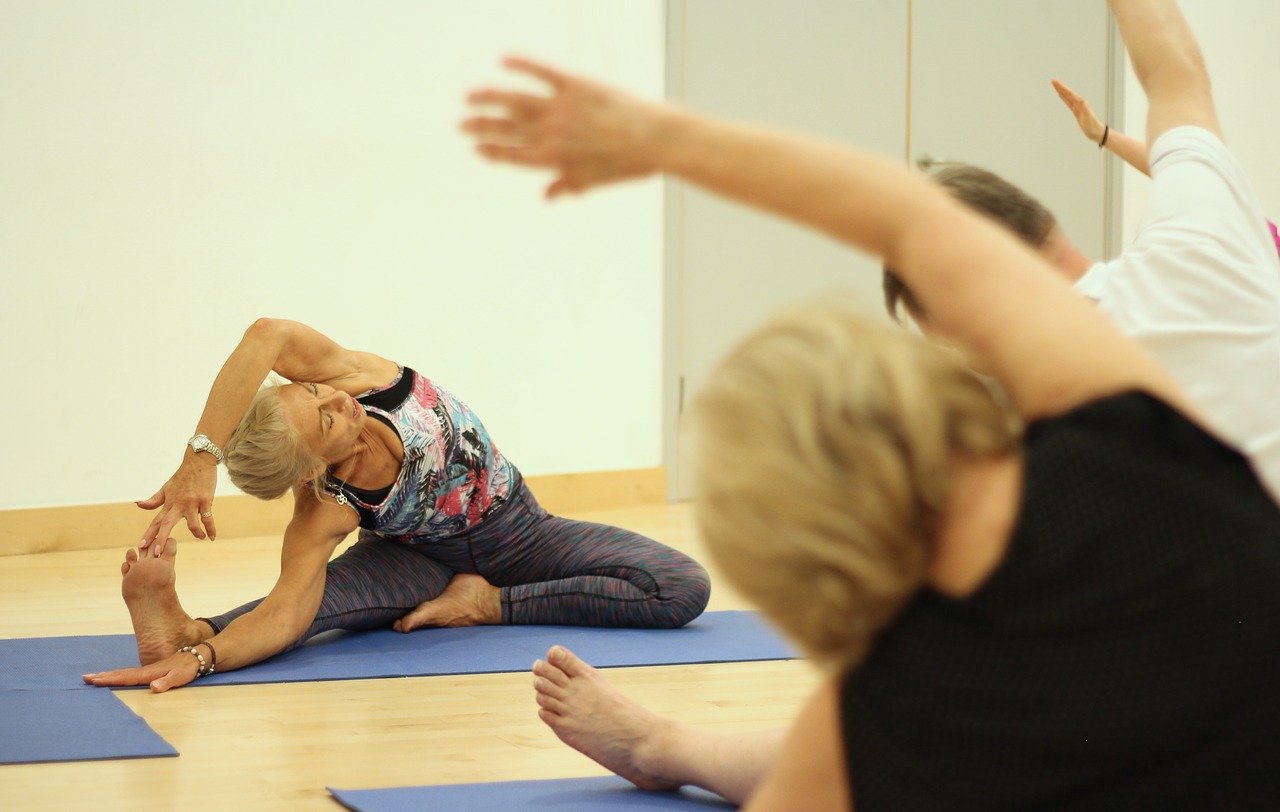Best Ways to Improve Your Flexibility

I guess the first question that should be addressed for this post is, why does flexibility matter? Improved flexibility is just another way of saying improved range of motion and that simply means that you can move easily and farther primarily around your joints.
You know, like being able to touch your toes while standing upright without bending at the knees. The reason some people can do this is they have an exceptional range of motion in the muscles, tendons and ligaments around their hips and in their hamstrings.
When I think of being inflexible, I always think of the Tin Woodsman from the Wizard of Oz when Dorothy and the Scarecrow find him along the Yellow Brick Road by those apple throwing trees. He could barely move due to inactivity and required quite a bit of oil to loosen up those rusty joints of his.
Obviously, we are not made of metal and our joints do not rust, but they do become stiff and inflexible due to extended periods of inactivity. Imagine feeling like the Tin Woodsman every time you woke in the morning. Sadly, that scenario is true for some people. If you sit for hours each day for months/years at a time due to work requirements or other reasons, your muscles, tendons and ligaments will shrink and, voila, Tin Woodsman.
Improving your flexibility can help reduce the risk of injury, improve your reflexes, improve posture, fix imbalanced muscles and generally improve your quality of life. So, how does one achieve all those health benefits that come with improved flexibility? Just keep reading…
- Consider dynamic stretching aka stretching with movement. With names like “Frankensteins,” “open the gate,” and “pendulums,” dynamic stretches involve stretching while actively moving rather than the old-school method of stretching and holding for ten seconds. Studies have found that dynamic stretching is an effective form of pre-activity warmup. Here’s a great site with examples…
- Consider static stretching especially post-workout. Static stretching is the old-fashioned stretch and hold routine that was typically done prior to a workout. Just be sure to target your trouble areas and to stretch each side equally. For example, if you stretch your left quadriceps, be sure to stretch your right an equal amount.
- Stretch frequently throughout your day, even if you’re not preparing for or recovering from a workout. Watching television? Stretch for a bit while doing so. Need a break from sitting in front of a screen? Take a ten-minute stretch break. Have a few minutes left on your lunch break?…never mind, you get the idea.
- Target your “problem” areas. Having trouble touching those toes? Then Google, “hamstring stretches” and get to work…gradually, of course.
- Yoga is a wonderful way to improve the flexibility of your entire body. If you’re new to the yoga scene, find a beginner’s class (preferably with a friend or two) and take it from there. If done on a regular basis, you’ll be amazed how quickly your flexibility will improve. Yoga is also a great form of strength training, just sayin’.
- Break out the foam roller and start rolling those muscles. Called myofascial release by medical professionals, it simply involves rolling your major muscle groups over a foam roller which loosens up the muscle’s connective tissue or fascia.
As we age, maintaining our mobility and range of motion becomes more important, yet more difficult to achieve. The best way to achieve the goal of improved flexibility is through the techniques listed above.
Start slow and perform stretching exercises on a regular basis (more days of the week than not) and you should, nay, will begin to see improvements within a few months.
You must be logged in to post a comment.